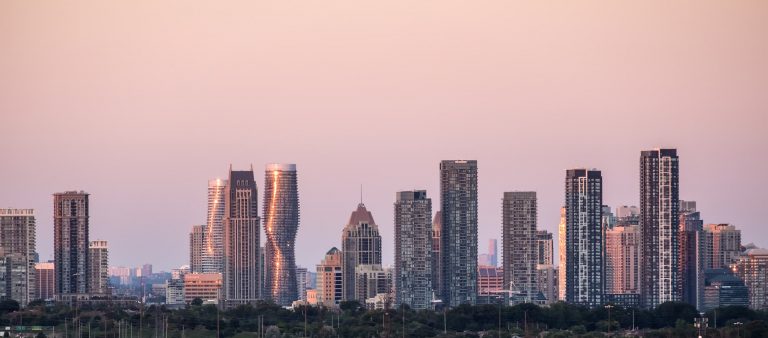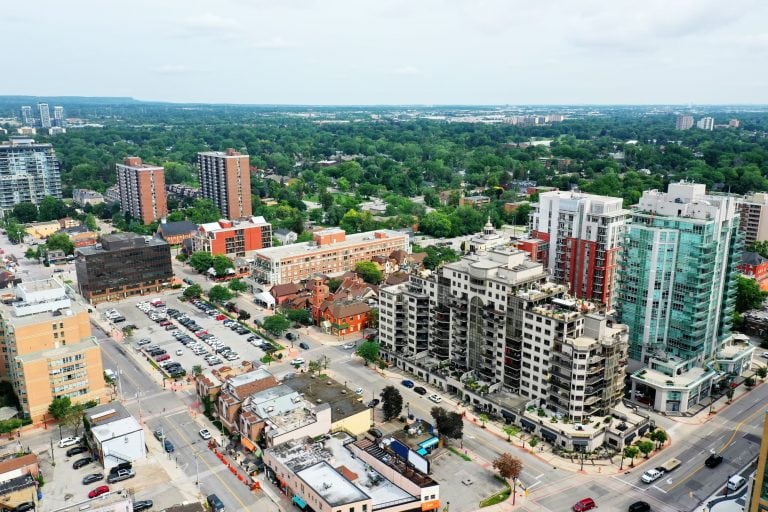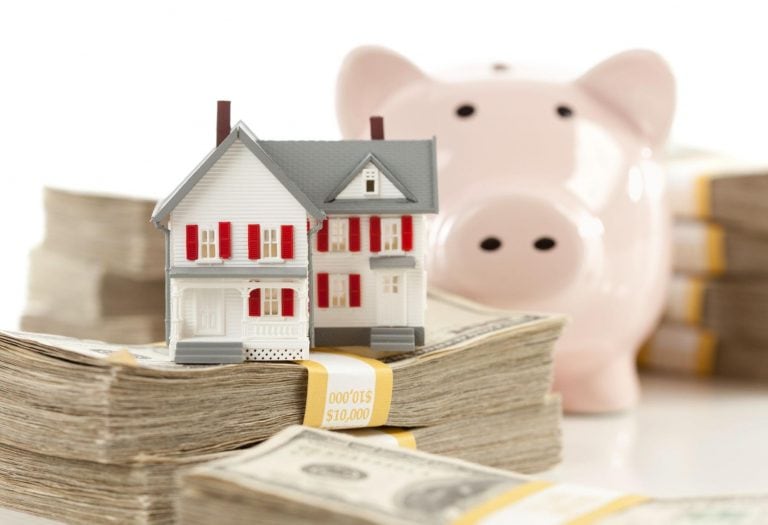Are you trying to purchase your first home in Canada? Then the First Time Homebuyer Incentive (FTHBI) might be what you need. This program is designed for real estate buyers who want to take the plunge into the market but haven’t saved up enough money for a down payment. If that is your case, in this blog post we’ll discuss everything about the FTHBI program from eligibility to the payback rules. Whether you’re hunting British Columbia homes for sale, or dreaming about lakefront condos in Toronto, keep reading if you’re ready to take the next step on the path to homeownership.
What’s The First-Time Home Buyer Incentive?
The First-Time Home Buyer Incentive, granted by Canada Mortgage and Housing Corporation (CMHC), is a government-backed shared equity mortgage program in which the Government of Canada lends eligible home purchasers 5% or 10% of the property’s purchase price to be used as a down payment.
The mortgage is tax-free and it must be paid off within 25 years or when the property is sold, whichever is earliest. The program’s goal is to make homeownership more affordable by lowering new homebuyers’ borrowing requirements, which will reduce their monthly mortgage payments. The FTHBI program was first launched on September 2, 2019 and has been modified since then.
How Does The First-Time Home Buyer Incentive Work?
Through the First Time Homebuyer Incentive (FTHBI), CMHC gives middle-class Canadians extra money to help them buy a home. The exact amount will depend on the type of home you plan to purchase. Let’s break that down a bit further:
- 5% or 10% of the purchase price of a newly constructed home.
- 5% of the purchase price of a resale home.
- 5% of the purchase price of a new or resale mobile or manufactured home.
Though this sounds like great news, there’s a catch. You and the government share the equity; you borrow 5% and earn equity, the government gets 5% of that increase. On the bright side, if the market drops, so does the government. See the following scenario to understand better how this works in a more practical setting.
Barry is a first-time homebuyer that meets all the FTHBI qualifications. He wants to buy a $700,000 resale home in Hamilton and has a $35,000 (5%) down payment already saved in his bank account. Under the program, the CMHC will contribute an additional 5%, increasing his down payment to $70,000 or 10% of the buying price. With a higher down payment, Barry will see lower monthly mortgage payments. If Barry sells the home in five years for $850K, he must pay CMHC $42,500 or 5%. However, if Barry sells the property for $590K (less than its value), he would only pay CMHC $29,500, which is 5% of that sale price.
A homebuyer with the necessary qualifications can apply for the First Time Home Buyer Incentive once they’ve been pre-approved for a mortgage and found a home. That means The FTHBI is a second lien on your property’s title, like a second mortgage but without monthly payments.
What Is The Expanded First-Time Home Buyer Incentive?
The First-Time Home Buyer Incentive was updated and expanded following some criticism of its mortgage limits and income requirements. The limits they originally had in place were considered unrealistic for many homebuyers living in some of Canada’s most expensive cities.
The updates went into effect on May 3, 2021, with expanded eligibility by raising qualifying annual income for the applicants in the metro areas of Toronto, Vancouver, and Victoria. You can consult the FTHBI site to see if your city is part of these metropolitan areas. The mortgage amount also increased to 4.5 (rather than four times) of that increased income.
Do I Qualify For The First-Time Home Buyer Incentive?
To be eligible for the First-Time Home Buyer Incentive, you need to meet the following criteria:
- Be a first-time homebuyer which means you haven’t purchased a home before. Those who have gone through a divorce or the dissolution of a common-law marriage relationship also qualify as those who have not resided in a house they owned (or that was owned by their spouse or common-law partner) for the past four years.
- Have a yearly eligible income (including passive earnings like investment or rental income) of less than $120K (or under $150K if buying property in Toronto, Vancouver, or Victoria).
- Borrow no more than four times your qualifying income. If the home you’re buying is in Toronto, Vancouver, and Victoria, you can borrow 4.5 times your qualifying income.
- Have enough funds to make a minimum down payment of 5%.
- Be pre-approved for an insured first mortgage that is over 80% the value of the property.
- Be a Canadian citizen, permanent resident, or have permission to work in Canada.
Additional Information About The First Time Home Buyer Incentive:
- The qualifying homes can include 1 to 4 units. That includes single-family homes, semi-detached homes, duplexes, triplexes, fourplexes, townhouses, and condo units.
- The property must be in Canada, and be suitable and available for full-time occupancy throughout the year.
- Investment properties are not eligible for the incentive.
- The down payment requirement should come from traditional sources only. That includes savings, withdrawal/collapse of a registered retirement savings plan (RRSP), funds borrowed against proven assets, or a financial gift from a relative.
- The homebuyer may be responsible for some costs associated with the incentive, including closing services, funding advances, administration and management fees, and legal costs.
- Any improvements made to the home will be included when determining the property’s market value. Therefore it’s better to repay before planning any renovations.
How To Apply To The First Time Homebuyer Incentive?
If you fulfill all of the above and are determined to take advantage of the FTHBI, it is time to apply. To do so, you need to fill out the following forms:
Once you read these documents in full and fill everything out, give them to your lender or mortgage broker to apply on your behalf. Once you complete everything, you should get a signed copy for your records.
If your application is accepted, you can call FNF Canada, the closing service provider, at 1 (855) 844-4535 to activate your incentive. Give them the contact information for your lawyer or notary. This should happen at least two weeks before the closing date of your home purchase.
What Are The Payback Rules For The First Time Homebuyer Incentive?
The First-Time Home Buyer Incentive should be repaid either when you sell your home or after 25 years, whichever happens first. You can also choose to pay back at any time without penalties. Let’s see the different alternatives in detail:
- If you sell the home, the CMHC gets 5% or 10% of the selling price.
- If you pay after 25 years, an appraisal paid by you will determine the property’s market value, and you should pay back 5% or 10% of that value.
- If you elect to pay without selling and before the 25-year mark, the repayment would be 5% or 10% of the home’s value at the time once the property is professionally appraised.
- If you refinance the property, you’ll need to give the CMHC their equity share immediately.
Does The FTHBI Actually Help Homebuyers?
The FTHBI has significant upsides for Canadian first-time homebuyers. The program is interest-free, offers lower mortgage payments by upgrading the down payment, and beneficiaries don’t owe any money until either they hit the 25-year benchmark or decide to sell the home. However, everything is not bright.
With the shared equity, the government actively participates in the ups and downs of the change in the property value, which can translate into higher payback amounts for the homebuyer. If by the moment you decide to sell your house is worth significantly more than when you initially bought it (which is increasingly probable in booming cities like Vancouver and Toronto), the government’s 5% or 10% share of the home value will be a windfall. You, on the other hand, would be paying considerably more than you borrowed.
Also, the amount you can borrow is pretty limited in the first place. Homebuyers can borrow just 4.5 times their qualifying annual income (up to $150K), which restricts their buying power to a max of $722K. That is under the average home price in some of Canada’s priciest real estate markets. That being the case, your alternatives will be to trade that detached single-family home you were dreaming about for a condo, or set residence far away from metro areas.
All things considered, we recommend you consult your mortgage broker or REALTOR® to evaluate if the First Time Home Buyer Incentive program is the right path for you.













